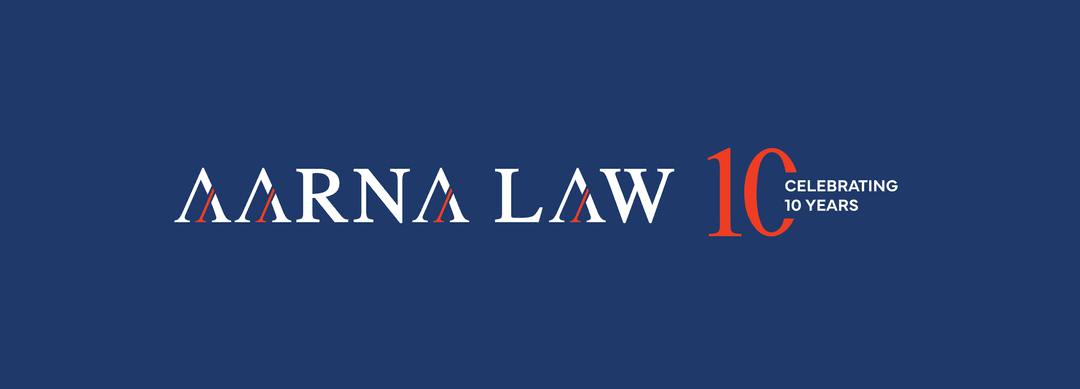Decided on 26 July 2021| Supreme Court of India
Whether an interest free term loan can be constituted as “Financial Debt” under Insolvency & Bankruptcy Code, 2016
The division bench of the Hon’ble Supreme Court (“the Court”) comprising of Justice Indira Banerjee and V. Ramasubramanian in Orator Marketing Pvt. Ltd. v. Samtex Desinz Pvt. Ltd. [2021 SCC Online SC 513] decided whether an interest free term loan can be constituted as “financial debt” under the Insolvency & Bankruptcy Code, 2016 (the “Code”).
In this case, the Original Lender had advanced a term loan of Rs.1,60,00,000/- (Rupees One Crore Sixty Lakh only) to the Corporate Debtor towards meeting the working capital requirements for a period of two years. Upon default by the Corporate Debtor, the Lender filed a Petition under Section 7 of the Code for initiation of the Corporate Resolution Process (“CIRP”) and the same was rejected by the National Company Law Tribunal, New Delhi (“NCLT”), stating that loans advanced with no interest does not classify as ‘financial debt’ as defined under the code. The Hon’ble National Company Law Appellate Tribunal (‘NCLAT’) affirmed the order of the NCLT and dismissed the Appeal filed by the Lender. .
Judgement of the Court
The Court, upon appeal, overturned the order of the NCLAT and NCLT, Delhi. The Court analysed the scheme and object of the Code and held that the definition of ‘financial debt’ as provided under Section 5(8) of Code cannot be read in isolation and that Section 5(8), sub-clauses (a) to (i) are merely illustrative and not exhaustive. It had to be considered with some equally important definitions such as the definition of ‘claim’ in Section 3(6), ‘corporate debtor’ in Section 3(8), ‘creditor’ in Section 3(10), ‘debt’ in section 3(11), ‘default’ in Section 3(12), ‘financial creditor’ in Section 5(7) as also the provisions, inter alia, of Sections 6 and 7 of the Code. It was held that the eligibility of person to initiate CIRP under the Code had to be decided upon the considerations of keywords and expressions in the aforementioned sections and provisions.
It is pertinent to note that Section 5(8)(a) of the Code defines ‘financial debt’ to mean a debt along with interest if any which is disbursed against the consideration of the time value of money and includes money borrowed against the payment of interest under sub-section 5. The Court noted that “the NCLT and NCLAT overlooked the words “if any” which could not have been intended to be otiose. ‘Financial debt’ means outstanding principal due in respect of a loan and would also include interest thereon, if any interest were payable thereon. If there is no interest payable on the loan, only the outstanding principal would qualify as a financial debt.” The Supreme Court further observed that “both NCLAT and NCLT failed to notice clause (f) of Section 5(8), in terms whereof ‘financial debt’ includes any amount raised under any other transaction, having the commercial effect of borrowing.” Thus, the Appeal was allowed and the orders of the Hon’ble NCLT, and NCLAT were set aside and the petition filed under Section 7 of the Code was ordered to be revived.
Comment
The Court through this judgment has settled a long standing debate on the treatment of “interest free loans” as financial debt under the Code. The findings in the matter may permit many individuals to seek relief under the Code where loans have been extended to companies for various purposes including short term interest free borrowings etc.

Leave a Reply